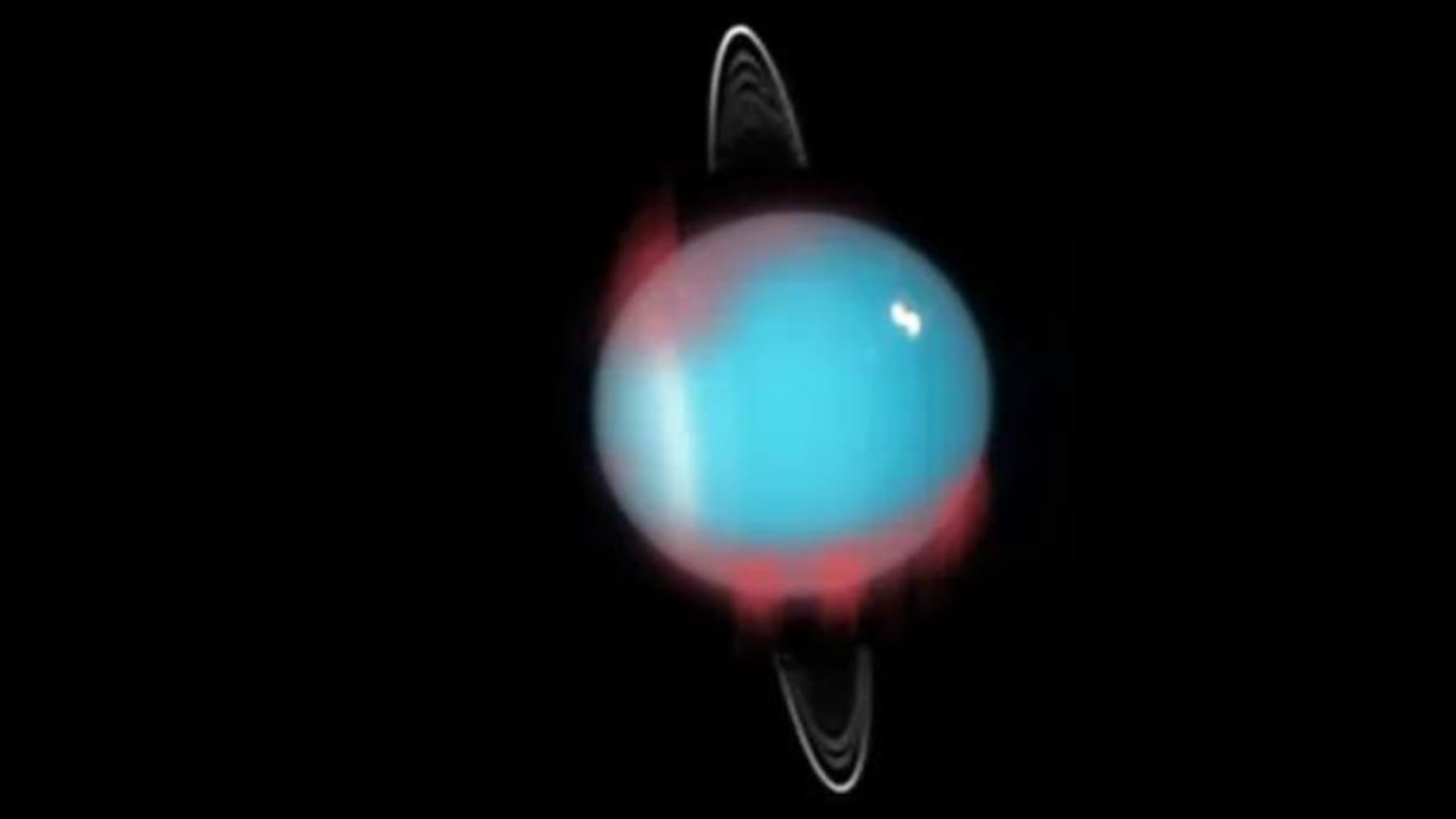-
New Telescopes to Study the Aftermath of the Big Bang
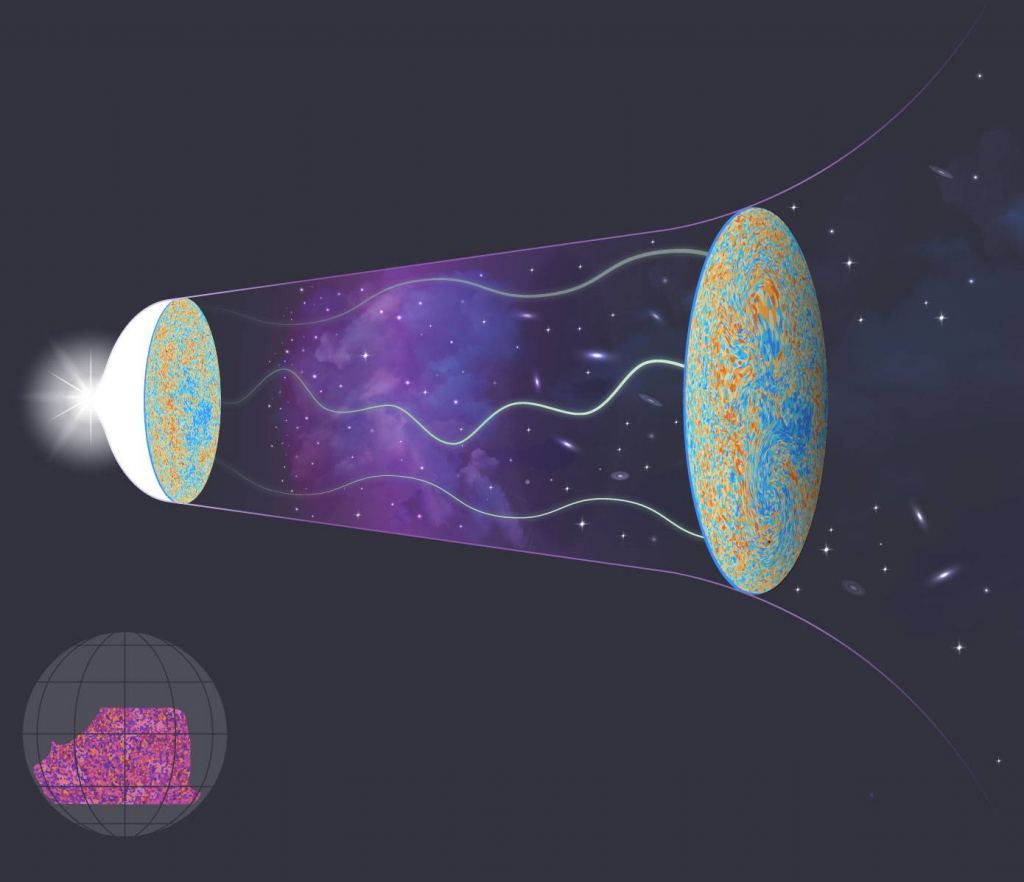
Astronomers are currently pushing the frontiers of astronomy. At this very moment, observatories like the James Webb Space Telescope (JWST) are visualizing the earliest stars and galaxies in the Universe, which formed during a period known as the “Cosmic Dark Ages.” This period was previously inaccessible to telescopes because the Universe was permeated by clouds…
-
Remembering John Glenn’s historic return to space
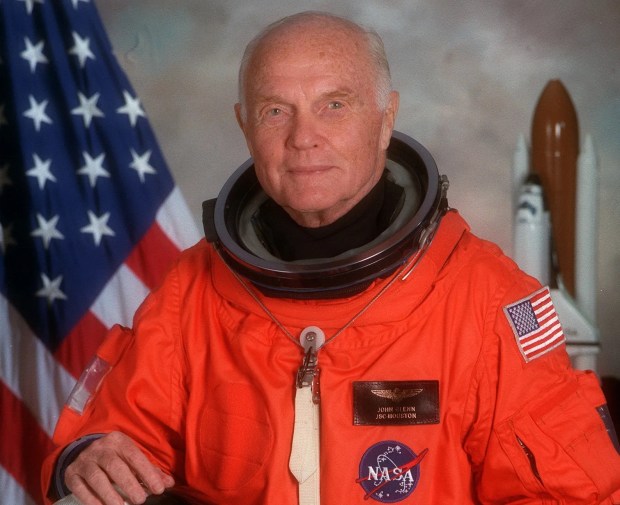
John Glenn at age 77. Credit: NASA. With millions of visitors each year, George Bush Intercontinental Airport, located north of downtown Houston, Texas, is among the United States’ busiest aviation hubs. And in 1998, it brought together an elderly couple and an elderly astronaut, each about to embark on one more great adventure. Thirty-six years…
-
Uranus aurora discovery promises new riches from James Webb Space Telescope
After more than 30 years scientists have finally been able to confirm that the icy planet Uranus has an infrared aurora. The discovery will provide insight into how magnetic fields on ice giants such as Uranus and Neptune behave and could even help astronomers use NASA’s James Webb Space Telescope to identify similar aurorae from…
-
The science behind NASA’s ‘ghost hand’ image
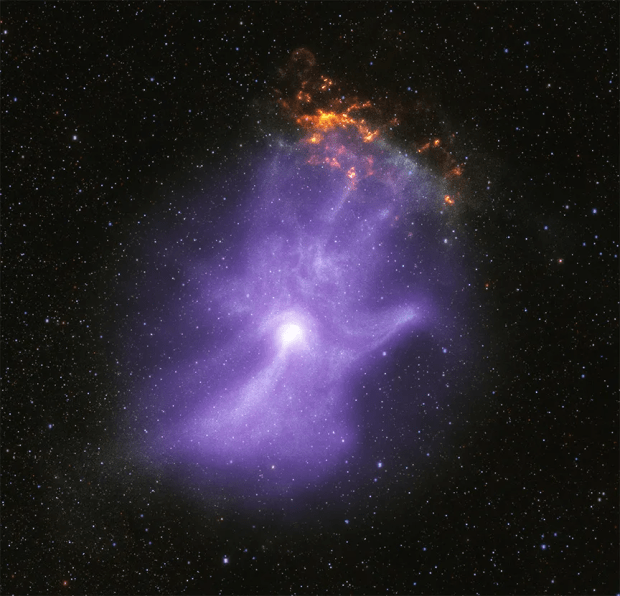
A ghostly hand reaching out from space is actually a pulsar and its associated wind nebula, imaged by Chandra and IXPE. Credit: X-ray: NASA/CXC/Stanford Univ./R. Romani et al. (Chandra); NASA/MSFC (IXPE); Infared: NASA/JPL-Caltech/DECaPS; Image Processing: NASA/CXC/SAO/J. Schmidt) Two of NASA’s orbiting X-ray observatories have combined efforts this Halloween, imaging a ghost hand reaching out to…
-
X-ray telescopes show ghostly ‘hand’ in space
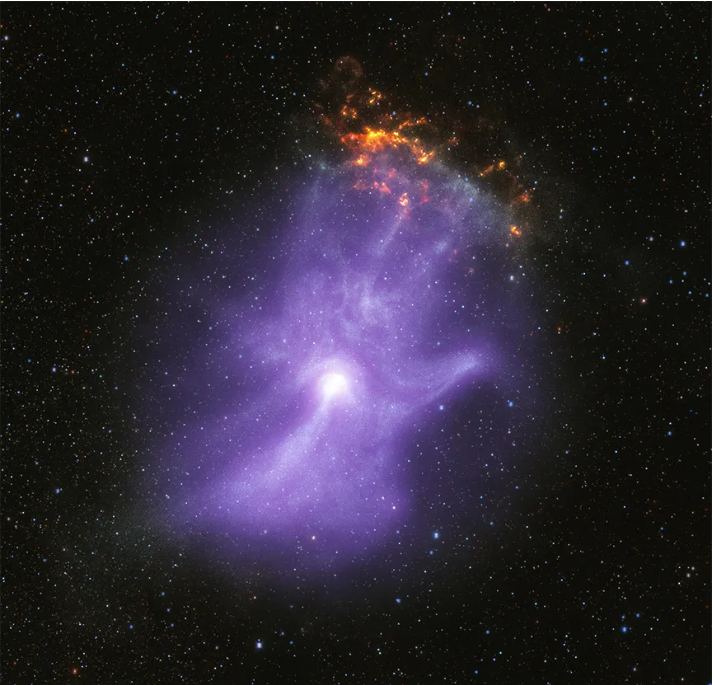
RALEIGH, N.C. (WNCN) — Two NASA X-ray space telescopes have joined together to show what looks like the bones of a hand floating in space! This “hand” is what is left of a giant star that collapsed on itself roughly 1500 years ago. When it did that, it formed an object called a neutron star.…
-
JWST snaps silky new picture of the Crab Nebula
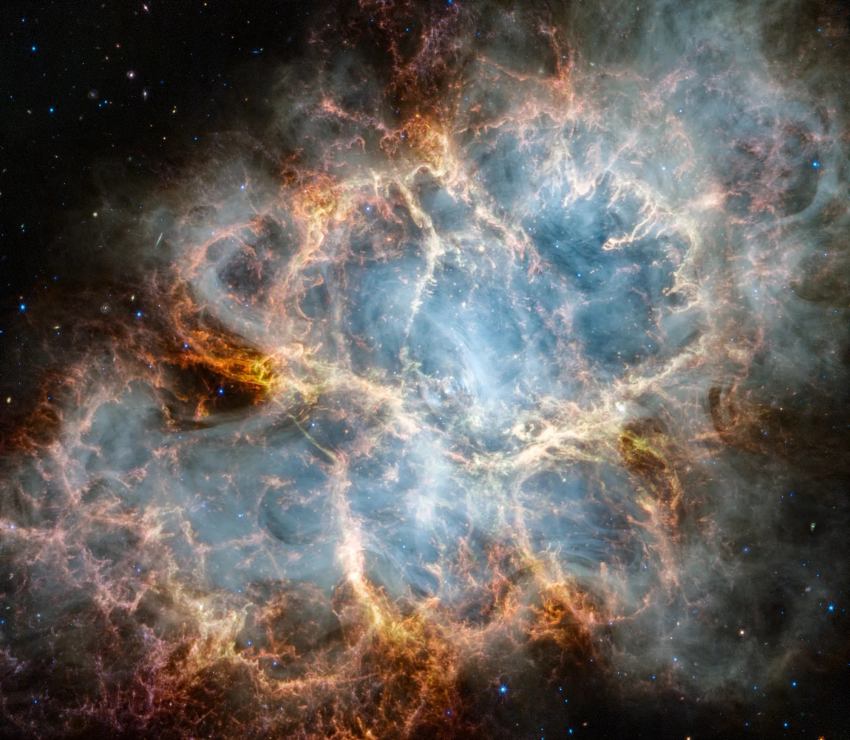
This image by NASA’s James Webb Space Telescope is the Crab Nebula, the remnants of a supernova 6,500 light-years away. The supernova remnant is comprised of several different components, including doubly ionized sulfur (red-orange), ionized iron (blue), dust (yellow-white and green), and synchrotron emission (white). Credit: NASA, ESA, CSA, STScI, T. Temim (Princeton University) Nearly…
-
6 Great Space Images in October
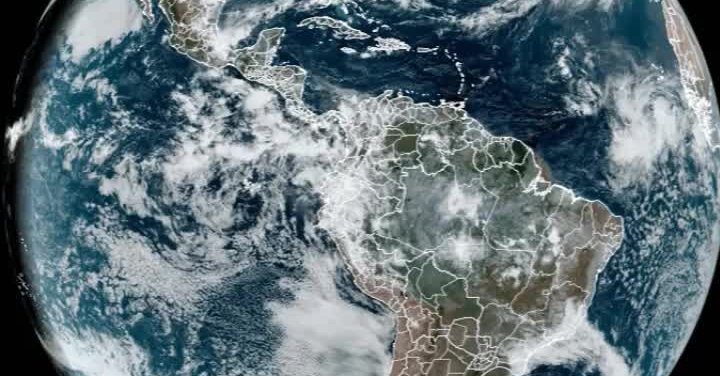
Skip to contentSkip to site index Science Today’s Paper Advertisement SKIP ADVERTISEMENT Site Index Site Information Navigation © 2023 The New York Times Company NYTCo Contact Us Accessibility Work with us Advertise T Brand Studio Your Ad Choices Privacy Policy Terms of Service Terms of Sale Site Map Canada International Help Subscriptions
-
Salts and Organics Observed on Ganymede’s Surface by NASA’s Juno
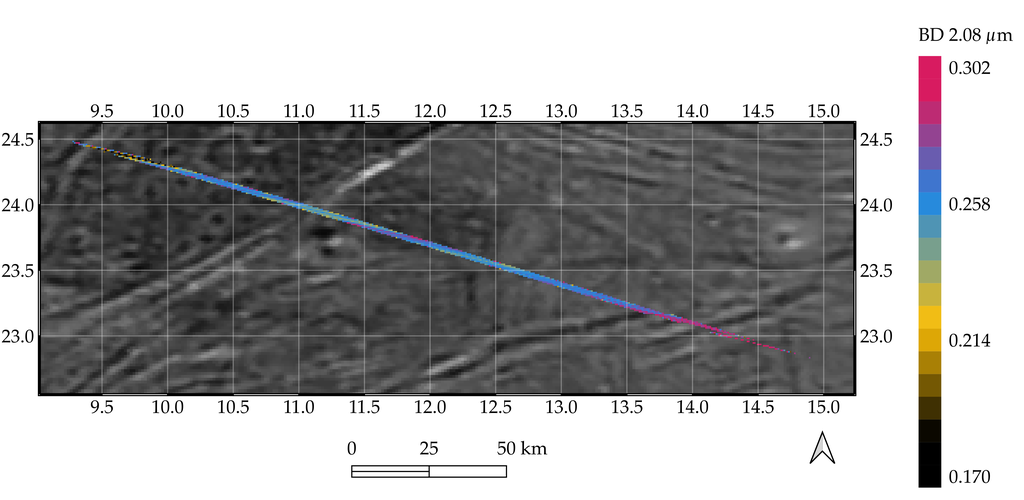
NASA’s Juno mission has observed mineral salts and organic compounds on the surface of Jupiter’s moon Ganymede. Data for this discovery was collected by the Jovian InfraRed Auroral Mapper (JIRAM) spectrometer aboard the spacecraft during a close flyby of the icy moon. The findings, which could help scientists better understand the origin of Ganymede and…
-
Elon Musk’s Starlink satellites are “leaking” signals
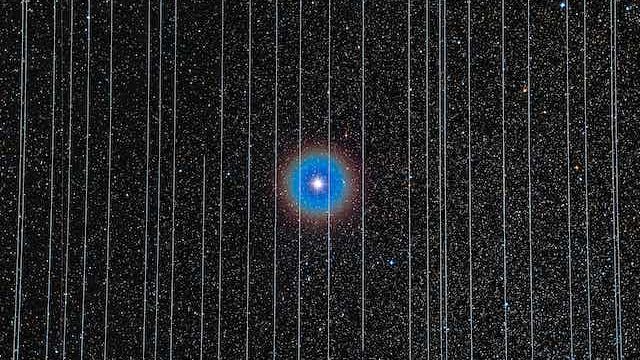
When I was a child in the 1970s, seeing a satellite pass overhead in the night sky was a rare event. Now it is commonplace: sit outside for a few minutes after dark, and you can’t miss them. Thousands of satellites have been launched into Earth orbit over the past decade or so, with tens…
-
Report: Pathways to Discovery in Astronomy and Astrophysics for the 2020s
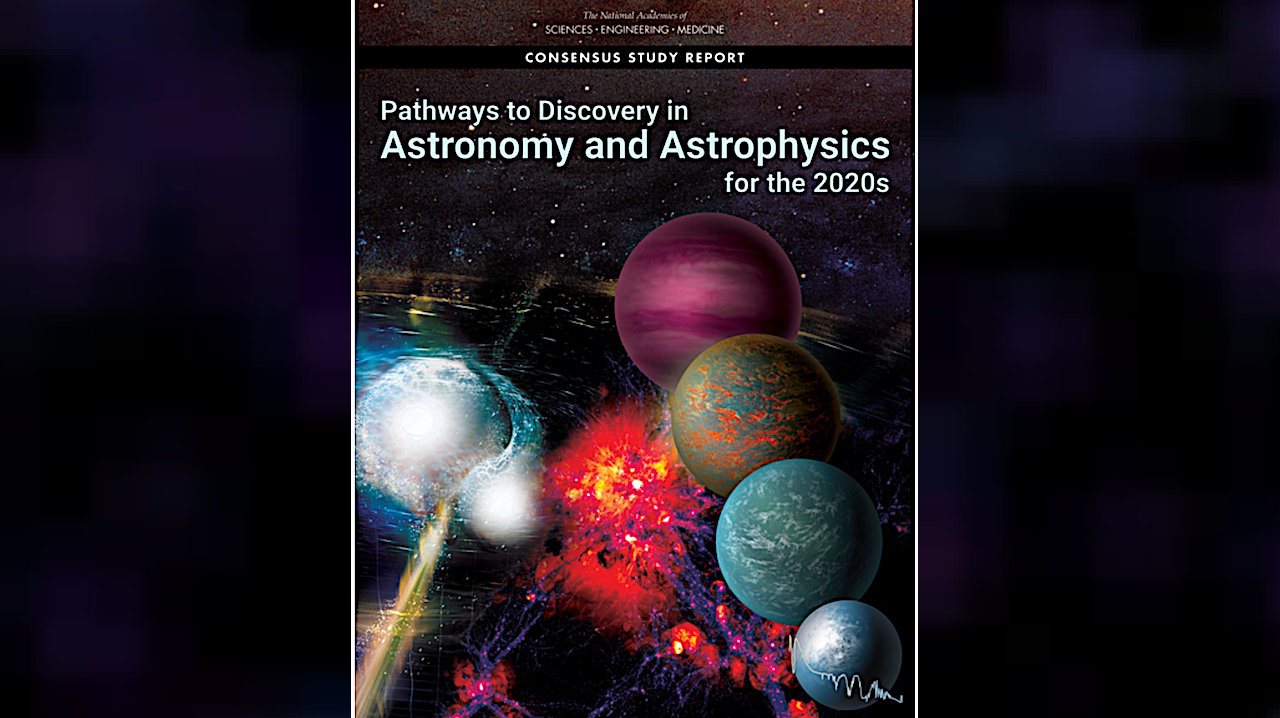
Astronomy & Telescopes Press Release NAS October 30, 2023 Pathways to Discovery in Astronomy and Astrophysics for the 2020s NAS We live in a time of extraordinary discovery and progress in astronomy and astrophysics. The next decade will transform our understanding of the universe and humanity’s place in it. Every decade the U.S. agencies that…
